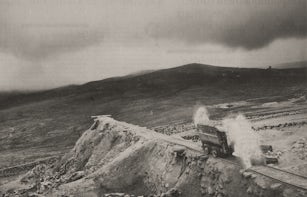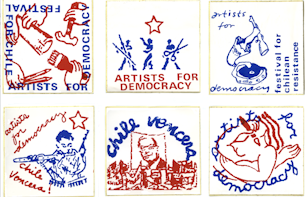Video documentation of the Afterall ‘Artist as Curator’ symposium. Introduction by Lucy Steeds, followed by Elena Crippa’s ’Display as Practice: Richard Hamilton, Victor Pasmore and their Peers’.
Video documentation of the Afterall ‘Artist as Curator’ symposium. Introduction by Lucy Steeds, Managing Editor, Afterall Exhibition Historiesseries, followed by ‘Display as Practice: Richard Hamilton, Victor Pasmore and their Peers’ by Elena Crippa.
In 1957, Richard Hamilton and Victor Pasmore, together with Lawrence Alloway, realised an Exhibit: a maze-like environment that visitors were invited to explore. The collaboration has since been discussed as an early example of installation art. Nevertheless, it is impossible to make sense of this piece without reference to Hamilton and Pasmore’s earlier involvement with exhibition-making, their interest in display, design and architecture and their new notions and treatments of space as a space for interaction. In Hamilton’s ‘Growth and Form’ (1951), and ‘Man Machine and Motion’ (1955), and Pasmore’s contributions to exhibitions of British abstract artists in the early 1950s, the rooms or galleries were conceived as sites for the interplay of volumes and planes, and for the generation of transparency, establishing interrelations among artworks, display structures and viewers. This chapter in a still unwritten history shows how issues of display became driving forces in the development of artistic practice.
– Elena Crippa, abstract, ‘Display as Practice: Richard Hamilton, Victor Pasmore and their Peers’.
Elena Crippa is a curator, researcher and lecturer based in London. She is a doctoral candidate at the London Consortium and a member of Tate’s ‘Art School Educated’ research project team. Her current research focuses on the development of discursive pedagogies and practices and on the growing importance of display within British art schools in the 1950s and 60s. She is a lecturer for the MRes Art: Exhibition Studies at Central Saint Martins.


